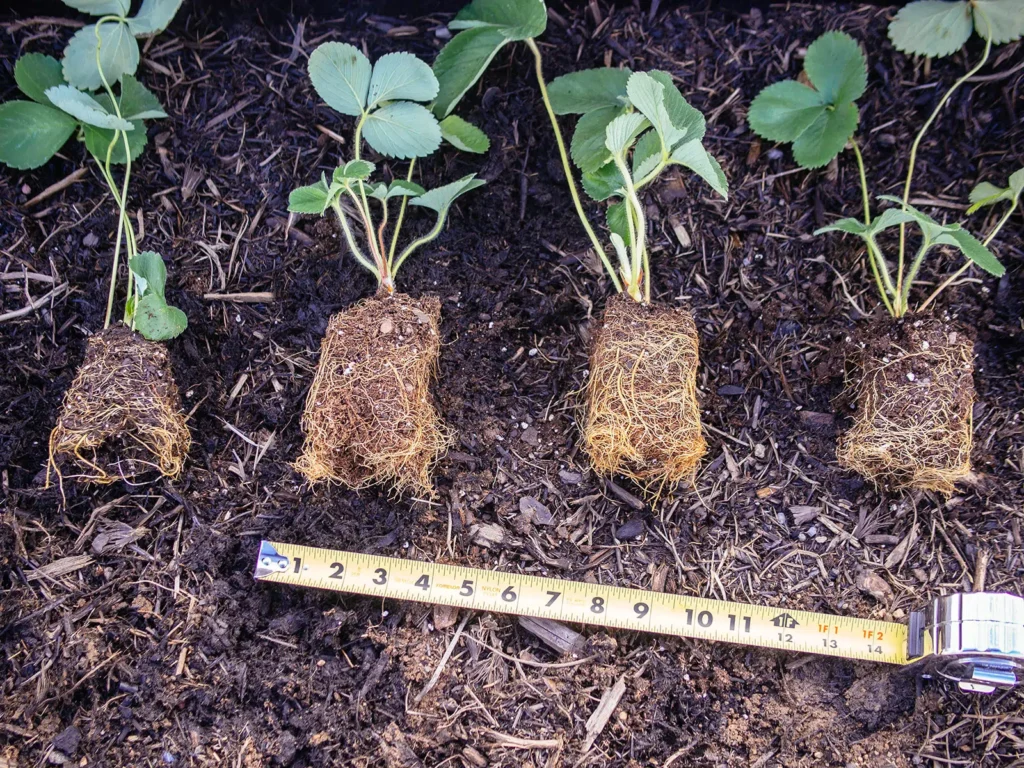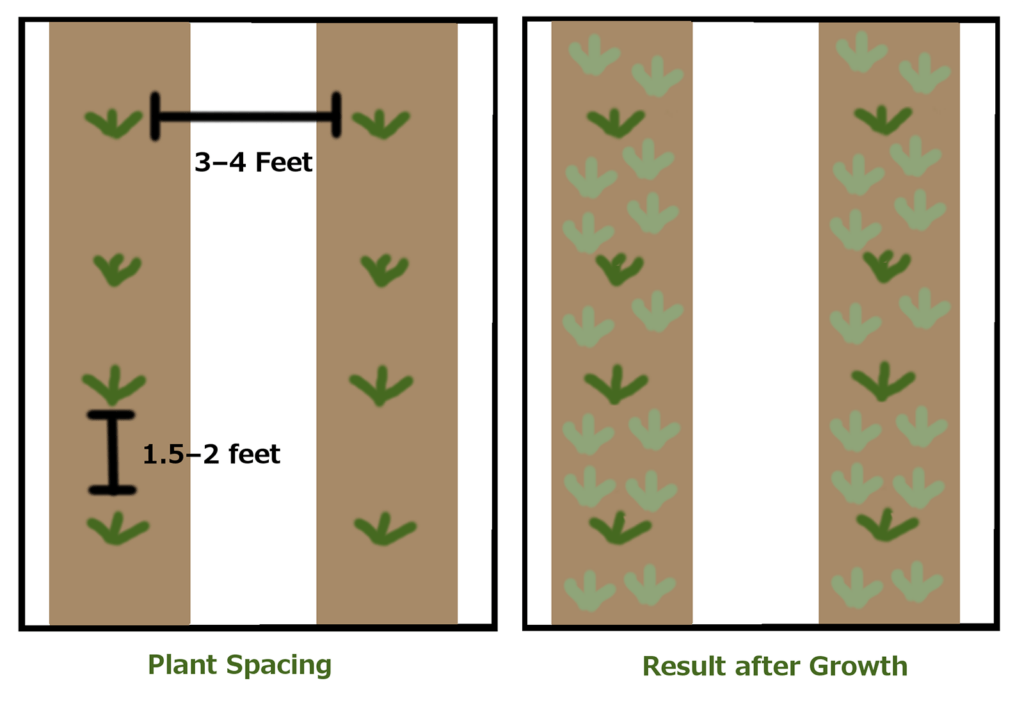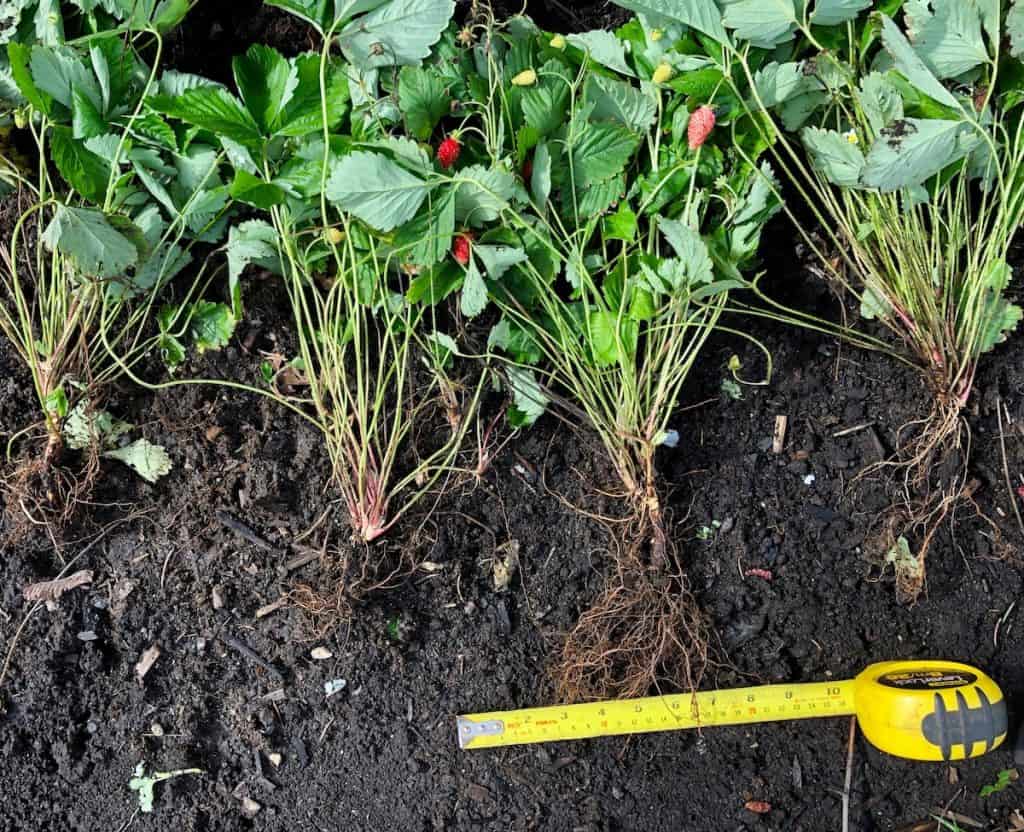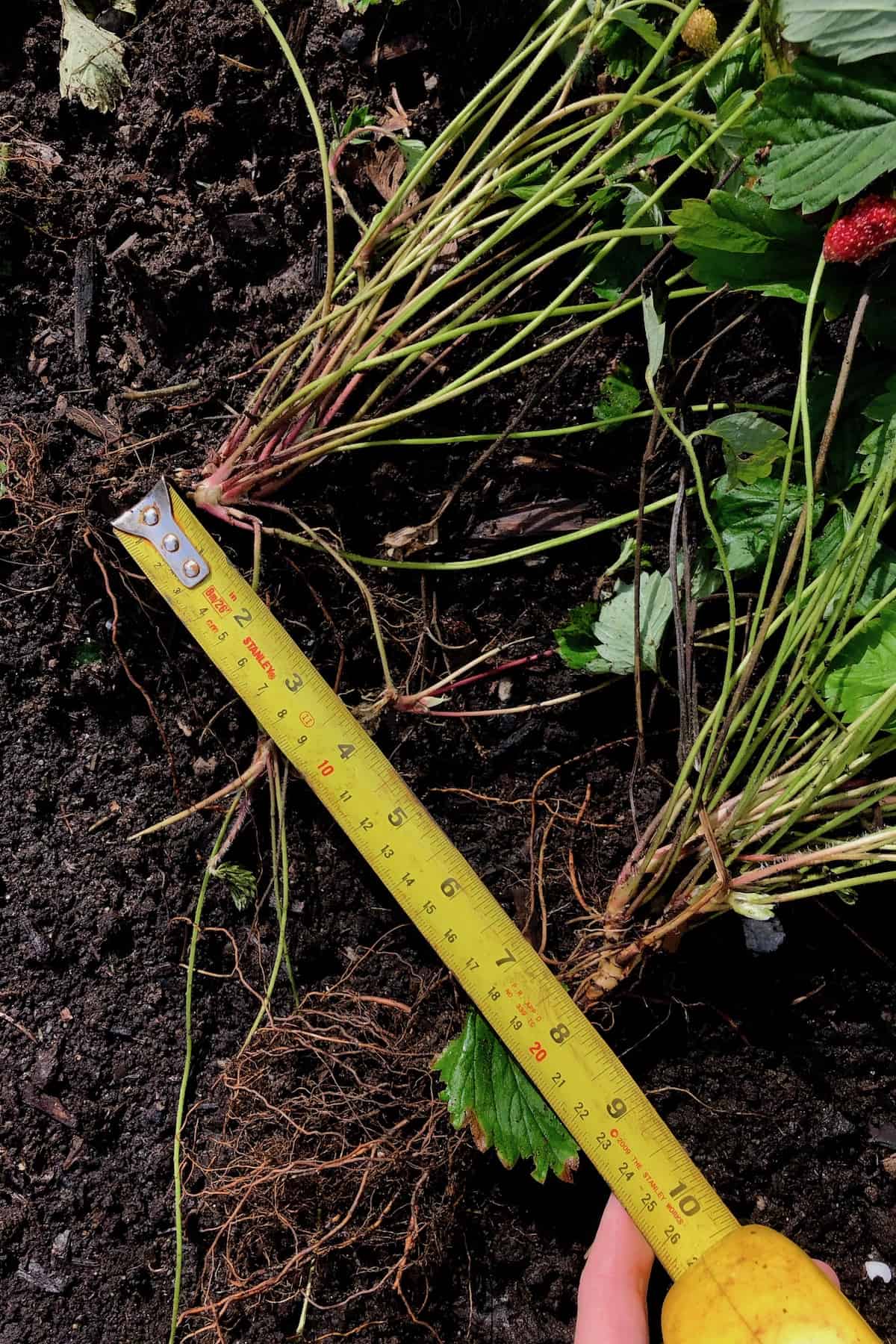In this concise yet informative article, you will explore the optimal spacing requirements for planting strawberry plants. By addressing the question “How far apart do plant strawberries?”, this article aims to provide gardeners with valuable insights into the proper distance between strawberry plants, ensuring optimal growth and productivity. Through a scientific lens, we delve into the factors influencing spacing and delve into the recommended guidelines endorsed by horticultural experts. With this knowledge at hand, you will be equipped to make informed decisions when planning your strawberry patch and maximize the potential of your berry harvest.

Spacing considerations for planting strawberries
When it comes to planting strawberries, spacing plays a vital role in ensuring the success and productivity of your strawberry plants. Proper spacing not only allows for adequate air circulation and optimal sunlight exposure but also helps prevent diseases and pests. Additionally, it facilitates efficient watering and nutrient absorption, which are essential for healthy plant growth. In this article, we will delve into the various factors to consider when determining spacing, recommended spacing guidelines, and how to adjust spacing based on different strawberry varieties.
Why spacing is important for planting strawberries
Ensuring adequate air circulation
Adequate air circulation is crucial for strawberry plants as it helps reduce the risk of fungal diseases, such as powdery mildew and gray mold. When strawberry plants are densely spaced, air movement around the plants becomes restricted, creating a conducive environment for disease development. By providing sufficient space between plants, you allow air to circulate freely, promoting plant health and reducing the chances of disease infection.
Promoting optimal sunlight exposure
Strawberry plants require ample sunlight to thrive and produce high-quality fruits. If plants are planted too closely together, they may shade each other, limiting the amount of sunlight reaching the lower leaves and reducing overall plant vigor. Adequate spacing ensures that each plant receives sufficient sunlight, allowing for optimal photosynthesis and fruit development.
Preventing diseases and pests
Proper spacing between strawberry plants helps reduce the risk of diseases and pests. By allowing adequate space, plants can dry more quickly after rainfall or irrigation, minimizing conditions favorable for the development of fungal diseases. Furthermore, when plants are spaced appropriately, pests, such as slugs and snails, will have a harder time moving between plants, thus reducing the likelihood of infestation.
Facilitating efficient watering and nutrient absorption
Spacing between strawberry plants is essential for efficient watering and nutrient absorption. By providing enough space, water can reach the roots of each plant more effectively, preventing waterlogging and root rot. Additionally, adequate spacing allows each plant to access the nutrients present in the soil without competition from neighboring plants, ensuring optimal growth and productivity.

Factors to consider when determining spacing
Strawberry growth habit
The growth habit of strawberry plants is an important factor to consider when determining spacing. Strawberry plants can be categorized as either compact or trailing varieties. Compact varieties tend to form mounds and have a more upright growth habit, while trailing varieties produce runners that spread along the ground. Understanding the growth habit of your chosen strawberry variety will help determine the appropriate spacing between plants.
Soil fertility and drainage
Soil fertility and drainage significantly impact the spacing of strawberry plants. In fertile soils, plants tend to grow more vigorously and require more space to accommodate their size. Well-draining soils allow excess water to drain away from the roots, preventing waterlogging and root rot. It is important to consider the fertility and drainage characteristics of your soil to determine the ideal spacing between plants.
Garden layout and available space
Your garden layout and available space are crucial considerations when determining spacing between strawberry plants. If you have limited space, you may need to adjust your spacing accordingly to accommodate the number of plants you wish to grow. Additionally, factors such as pathways and other plants in your garden should be taken into account to ensure easy access for maintenance and harvesting.
Access for maintenance and harvesting
Proper spacing allows for easy access to strawberry plants for maintenance tasks such as pruning, weeding, and pest management. Additionally, sufficient space between plants makes it easier to harvest ripe strawberries without damaging the plants or their delicate fruits. Considering access for maintenance and harvesting activities is essential in planning the spacing of your strawberry plants.
Recommended spacing guidelines
Spacing between individual strawberry plants in a row
The recommended spacing between individual strawberry plants in a row depends on various factors, including the growth habit of the plants and the desired plant density. For compact varieties, a spacing of 12-18 inches (30-45 cm) between plants is generally suitable. Trailing varieties, on the other hand, require a wider spacing of 18-24 inches (45-60 cm) to accommodate their spreading runners.
Spacing between rows of strawberry plants
The spacing between rows of strawberry plants is equally important as it determines the overall plant density and facilitates easy access for maintenance and harvesting. In general, a spacing of 24-36 inches (60-90 cm) between rows is recommended. This spacing allows sufficient room for air circulation and makes it easier to navigate the garden for various tasks.

Adjusting spacing based on strawberry variety
Determining the size and spread of different strawberry varieties
To ensure appropriate spacing, it is crucial to determine the size and spread of different strawberry varieties. Compact varieties typically have a smaller size and spread, requiring less space between plants, while trailing varieties have a larger spread and require more space. Understanding the specific characteristics of each variety will help you tailor the spacing to accommodate their needs.
Tailoring spacing to accommodate specific strawberry cultivars
In addition to considering the general guidelines for spacing, it is important to research recommended spacing for the particular strawberry cultivars you plan to grow. Different cultivars may have specific spacing requirements based on their growth vigor and rate. By adjusting the spacing based on the specific needs of each cultivar, you can optimize plant growth, yield, and overall performance.
Conclusion
Proper spacing is a critical factor to consider when planting strawberries. It ensures adequate air circulation, promotes optimal sunlight exposure, prevents diseases and pests, and facilitates efficient watering and nutrient absorption. Factors such as strawberry growth habit, soil fertility and drainage, garden layout, and available space should be taken into account when determining spacing. By following recommended spacing guidelines and tailoring the spacing to accommodate specific strawberry varieties, you can create an environment that supports healthy growth and abundant yields of delicious strawberries. So go ahead, plan your spacing accordingly, and enjoy a fruitful strawberry harvest!



